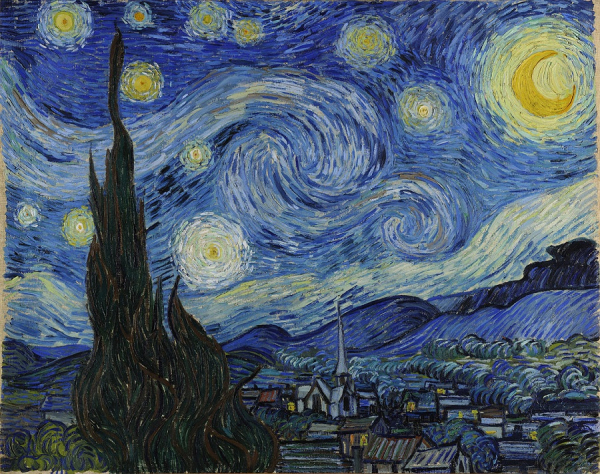By Sajeeb Sarker
High Culture (High Art)
Media School August 29, 2020

Appreciating High Art requires special knowledge. `The Starry Night` by Vincent van Gogh (1889).
High Culture, also called as High Art, are the sum total of the cultural objects of aesthetic value as well as the intellectual works having superlative philosophical, historical, or literary value that a society collectively appreciate as exemplary art. Also, it may also include the education which evidently cultivates such aesthetic and intellectual pursuits.
When used popularly, the term high culture typically refers to the culture of an upper class (an aristocracy) or of a status class (the intelligentsia). It also identifies a society’s common collection of broad-range knowledge and tradition (e.g. folk culture).
Sociologically, the term high culture contrasts with the term low culture, the forms of popular culture characteristic of the 'less-educated' social classes (the masses or the 'hoi polloi') having lower or no demand for such aesthetic values.
Critical theoreticians like Antonio Gramsci and Theodor W. Adorno considered the high-art and mass-art cultural relations as an instrument of social control. They claimed that the ruling class maintain their cultural hegemony upon society with high art.
Resources
McGregor, Craig (1997). Class in Australia (1st ed.). Ringwood, Victoria: Penguin Books Australia Ltd. ISBN 978-0-14-008227-2.
Williams, Raymond (1983). Keywords: A Vocabulary of Culture and Society. Rev. Ed.


